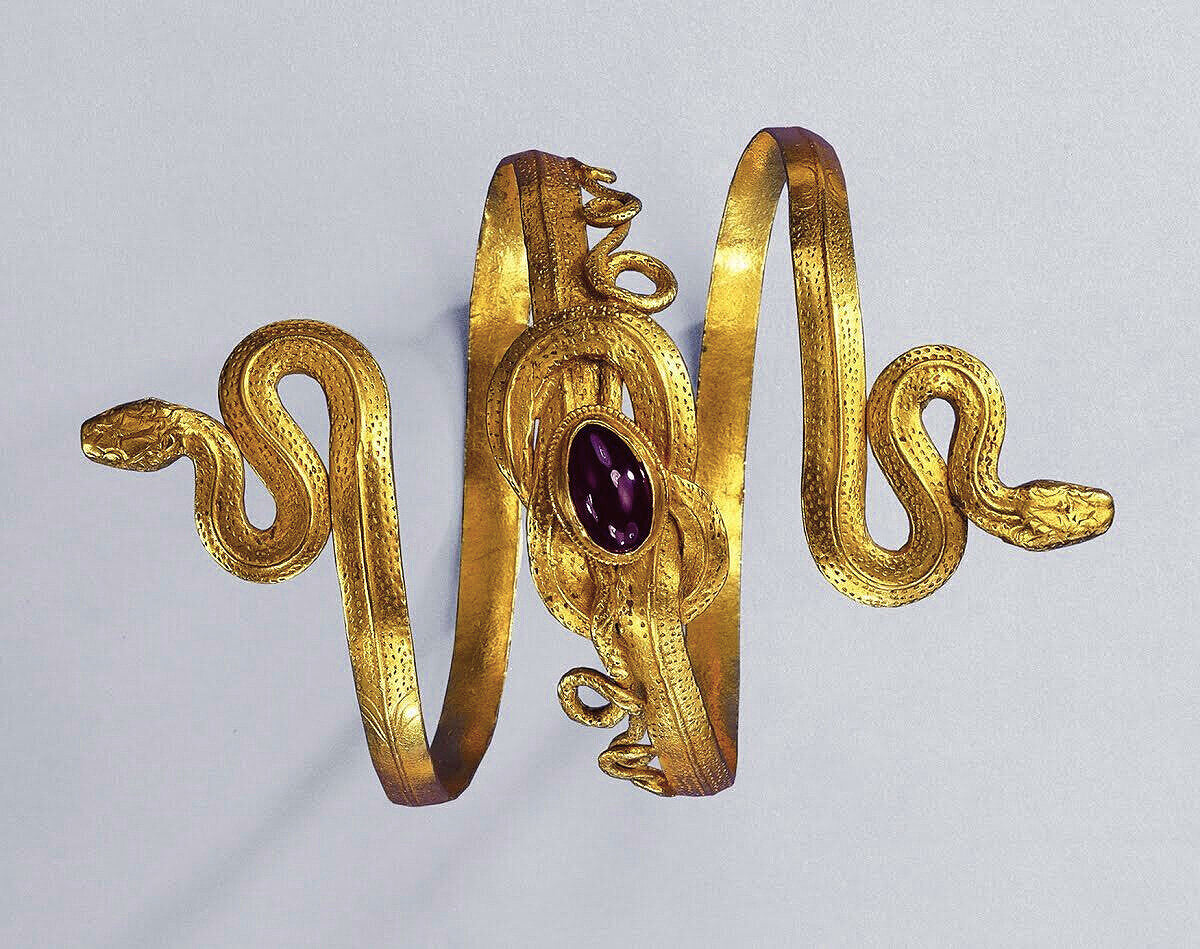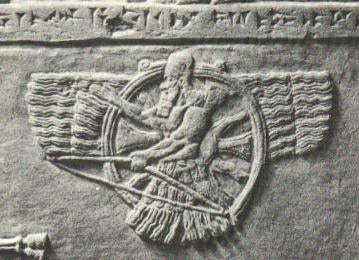Artikel: The Fascinating History of Jewelry - 1

The Fascinating History of Jewelry - 1
The Fascinating History of Jewelry (1): From Ancient Adornment to Modern Art
Ancient Egyptian Jewelry
The Egyptians placed great importance on jewelry's spiritual symbolism. Amulets like this ram-headed pendant from 1100 BC were believed to provide protection in the afterlife.Intricate use of gemstones and gold filigree demonstrate their artistic mastery.
Amulets and scarab beetle pendants warded off harm through symbolic meaning. The ankh cross signified eternal life, worn on pharaohs and nobility. Talismans adorned clothing, headdresses and sandals in elaborate ensembles.
Delicate necklaces and bracelets embellished the elite in scenes of daily life. Gem-encrusted rings, earrings, crowns and widands displayed nobility’s high status. Materials like carnelian, lapis lazuli and turquoise expressed cultural connection to nature.
We, as Ashurq, study the designs of that period in museums and transfer the ancient egpyt culture to our designs.
The Metropolitan Museum of Art - Ram's-head AmuletThird Intermediate Period -
Greek and Roman Influence
In classical antiquity, jewellery often incorporated themes from mythology. The Heracles knot on this sumptuous armband is enriched with floral decorations and inlaid with garnets, emeralds and enamel. According to the Roman writer Pliny, the decorative device of the Heracles knot could heal wounds, and its popularity in Hellenistic jewellery suggests that it was thought to have the power to ward off evil. Such pieces also inspired Renaissance artefacts.
The Met Museum - Gold armband with Herakles knot (Greek)
Middle Ages Grandeur
In the Middle Ages, jewellery design was an important way of displaying the wealth and status of the nobility. Jewellery craftsmen created artistic works of art using the advanced metalworking and stone working techniques of the time.
Engraved gold brooches and rings were common, and crown jewellery reflected the status of kings. Cross-shaped brooches represented religious symbolism. The natural beauty of stones such as tourmaline and emeralds was revealed with fine workmanship.
Today's designers are still inspired by medieval art and create works that reflect the magical atmosphere of the past. Ashurq interprets medieval mastery and creates designs inspired by the depths of history.

The Met Museum - Jewellery Elements
Victorian Extravagance
During the Victorian era of the 19th century, jewellery reached new heights of lavishness, symbolising wealth and social status. With the Industrial Revolution in full swing, advanced production techniques allowed for incredible detail work and the use of precious materials in personal adornment.
This was the golden age of jewellery. Queen Victoria popularised filigree botanical motifs set with rubies, emeralds and diamonds. Refinement was blended with romantic feelings.The ornate styles of the Victorian age left an enduring mark, representing both the technical mastery and lavish excesses of a golden era for fine jewelry artisanship. Their dramatic works still delight and inspire audiences today.
The Met Museum - Late 18th–Early 19th Century
Art Nouveau Revolution
At the turn of the 20th century, a new design philosophy took Europe by storm - Art Nouveau. Characterized by organic, flowing lines inspired by nature, it marked a departure from classical styles.Within jewelry, Art Nouveau designers like Rene Lalique pioneered a novel aesthetic incorporating motifs like leaves, vines and flowers engraved into precious materials. Intricate enameling reproduced natural textures and color palettes in striking chrysoprase rings or opal pendants.
The revolution ushered in an unprecedented embrace of unconventional forms and rejection of rigid geometries. Art Nouveau left a lasting influence, still referenced today in collections with its signature flowing organic lines and nature-inspired themes. It paved the way for later Modernist styles.
Gold, Diamond, Pearl and Plique-a-Jour Enamel Butterfly Pendant, Vever, Paris, c. 1900. Sold for $122,500 via Sotheby's (April 2011).
Contemporary Innovation
Modern jewelry artists continue pushing creative boundaries with innovative approaches and materials. One-of-a-kind pieces challenge traditional expectations. Minimalist designs showcase precious metals and gemstones in spare, geometric arrangements. Other avant-garde styles blend nontraditional materials like plastics, wood, and recycled metals into luxurious aesthetics.
Sustainability has also become an important focus. Many designers now emphasize eco-friendly practices like utilizing lab-grown gemstones and recycled precious metals. Customization allows clients to co-create unique statement pieces reflecting their individual tastes and values.
From ancient spiritual symbols to contemporary artistic statements, jewelry's long tradition keeps evolving while embracing each era's aesthetic. Its history spans the spectrum of human cultural development.








